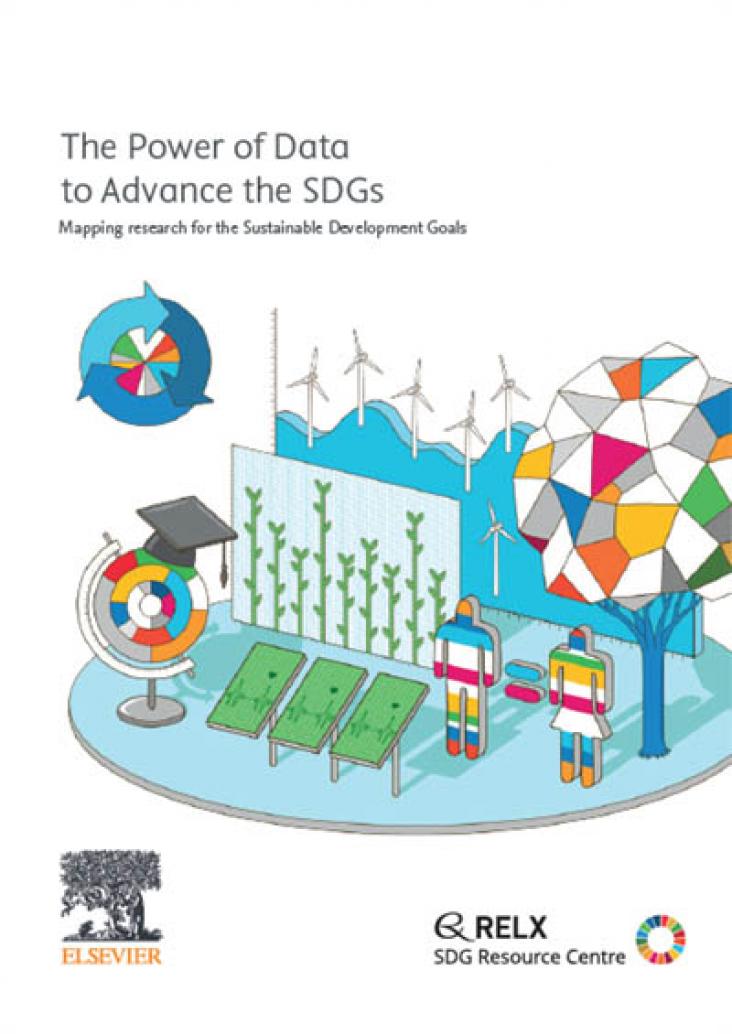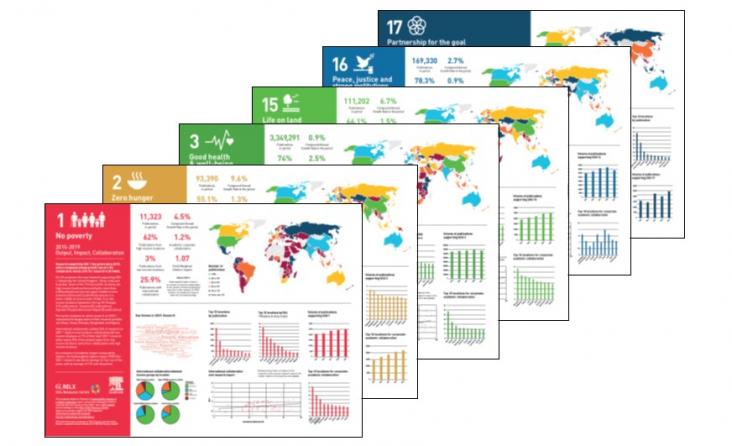Mitigating global warming is the responsibility of all countries. Moreso, the role of forests in sequestrating carbon is very crucial.
This Lancet Global Health Commission advances addresses SDG 3 directly, and SDGs 1, 2, 4, 5, 8 and 10 indirectly, by comprehensively demonstrating how improving eye health by treating and preventing vision impairment and vision loss can not only advance SDG 3—improving health and wellbeing for all—but also contribute to poverty reduction, zero hunger, quality education, gender equality, and decent work and economic growth. The findings of this report frame eye health as a development issue and highlight that, with a growing ageing population globally, urgent and concerted action is needed to meet unmet eye health needs globally, including incorporating equitable eye care into countries’ universal health coverage plans.
Background: The association of air pollution with multiple adverse health outcomes is becoming well established, but its negative economic impact is less well appreciated.
How does your background affect the possibility of education and employment? Young mothers in Australia have substantially higher labor market precarity than non-mothers, already prior to giving birth.
This Article supports SDG 5 in providing insights into the feminist geographies in the digital space of online gaming.
This paper provides a critical feminist analysis of seven policies relating to gender equality in the agriculture sector of Ethiopia.
This paper highlights the impact of plastic polluntion in Nigeria and the urgent need to recycle plastics to create wealth opportunity.

By mapping the state of research within each SDG area, this report acknowledges the pivotal role research plays in tackling some of the world’s greatest challenges. It aims to better understand the research community’s global sustainable development efforts and assesses the progress made, as well as unmet research needs.

Over the past five years, we have used data and analytics to help the research and healthcare communities navigate the sea of research and to put collaboration, both interdisciplinary and internati
Although the last decades have seen an advance in equality and empowerment for women, there are still numerous challenges to be addressed.
